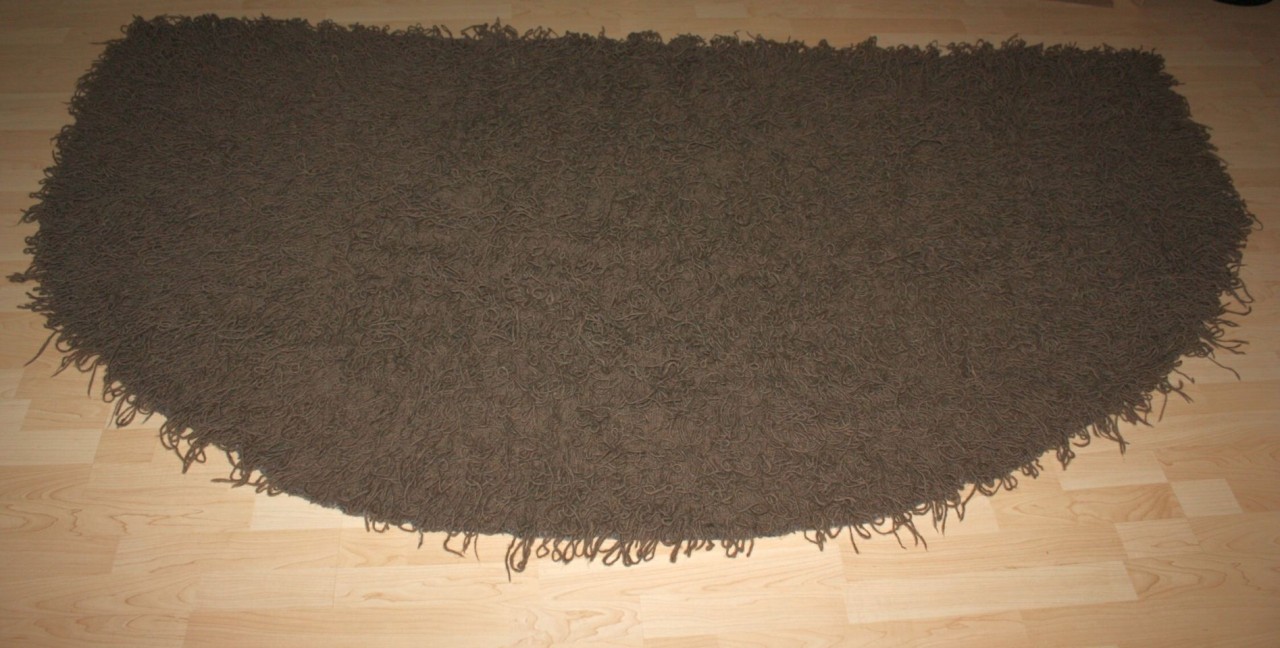Search the Blog
Latest Comments
More on the Cloak.
With all the many things going on, I never got around to posting a photo of the Trindhoj cloak after sewing on the many, many, MANY loops of thread.
Did I mention there were a lot of them? There were a lot of them. The cloak is rather large, with about 3 m width along the straight edge, and it is all over covered with these loops. Oops. (Sorry. I still get a little silly when I am reminded of all the loopy stitiching.)
The original cloak shows the remainder of stitched- on threads, spaced apart but not very widely spaced. There's not too much left, and it's not described in detail in Hald's publication, so I mostly went by the image available from the Danish National Museum website and some photos I was sent by a colleague.
Because there's only bits of the threads next to the stitches left, we don't know if they were loops, or individual threads, and we also don't know how long they were. I wound the thread around my hand when stitching to have a similar length for all of them, and to have the loops long enough to overlap the next row below.
A test piece that I made, with loops cut open and loops left closed, looked quite differently after washing in the two parts. The opened loops had acted like you could expect of single yarns and fluffed up considerably, but also lost a good bit of their twist, so they seem quite vulnerable to wear and tear to me. The loops that had remained closed had mostly plied together, keeping the individual loops stable.
The photo above shows the cloak after finishing the sewing work, but before its final bath. It looks a bit like one of those shaggy carpets that were in fashion a few decades ago...
It's also, not-really-surprisingly-but-still-surprisingly heavy. Unfortunately I completely forgot that it might be interesting to weigh it before and after stitching all those loops, but I used up almost all of the extra yarn that I had spun, which was a generous amount, and it's quite heavy now. It will settle nicely on shoulders, though, and I can absolutely imagine somebody showing off his (or her, maybe, though this item was found in a male grave) riches.
It is a lot of spinning time and a lot of weaving time that went into this piece, and then a lot of stitching time as well. We know from weft crossings in the original that several weavers worked on this together, and I can well imagine that several spinners worked on the yarn for this (or one spinner for quite a good bit of time).




